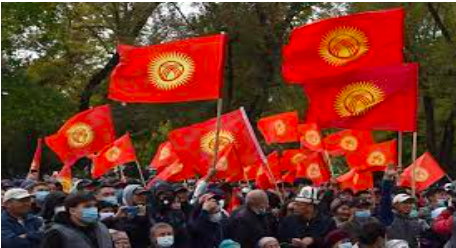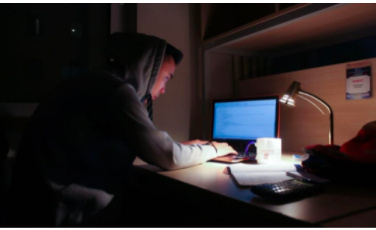EnqelābeFarhangi
Posted on : November 25, 2019Author : AGA Admin

This symbolized a ‘Cultural Revolution’in Iran following the Iranian Revolutionof 1979 when the academia of Iran was purged of Western and non-Islamic influences that included even traditionalist un-political Islamic doctrines to make it conform with the revolutionary and Political Islam.For many decades, Iranian universities have been a hotbed of opposition to dictatorship and the ruling elite. This tradition goes back to at least 1942, a year after Reza Shah was deposed by the Allied forces that had occupied Iran. After his son, Shah Mohammad Reza Pahlavi, succeeded him, there was a semi-democratic political environment that lasted until 1953 during which it was possible for political parties and the university-based student groups that supported them to organize. However only a year after the Revolution of 1979, political freedom was waning. As more restrictions were put in place, internal strife began to increase dramatically and the universities were the centers of dissent. The reactionary right managed to convince the Muslim Student Association and Other Students of the need for a crackdown. The political establishment began to speak of a “cultural revolution.” On February 27, 1980, Mostafa Pour Salim, deputy interior minister in charge of the police force, asked all university presidents to prevent student political groups from organizing any gatherings on their campuses. Three weeks later, in his message for Nowruz, the beginning of the Iranian year 1359, Ayatollah Khomeini insisted that the Islamic Revolution must come to all the universities in Iran in order to purge those academics that are linked either to the West or to the East, so that the campuses can become a ‘clean’ environment for teaching. On April 10, there were widespread demonstrations by secular leftist students at the University of Tabriz during which scores of students were injured. The conflict ended only when the leftist students’ campus headquarters were taken over by pro-government students and their supporters in the security forces.Officially, the goal was the “Islamization” of the universities. This was an excuse for purging thousands of faculty, students, and staff from the campuses, just as is happening with the new “cultural revolution.” As a consequence of the “cultural revolution” In addition to the extended university closures and the purging of thousands of people, a large number of scholars left the country. By 1992, Iran faced a shortage of 9,000 university professors and instructors, leading then President Rafsanjani to invite many of those who had been purged back to work. Scientific and technical research effectively stopped for a long time, but the Iran-Iraq war and international economic sanctions forced the Rafsanjani government to restore research spending. After the universities were reopened, new restrictions were imposed on women interested in pursuing higher education (some of these were later eliminated). Background checks on the families of high school students who had passed the national entrance examinations became an official factor in admissions.One official reason for the “cultural revolution” was that it was meant to unify the universities and the seminaries. Although this did not happen, there was an unexpected byproduct. Due to the “revolution”, many of the clerics became familiar with the works of Western culture.




